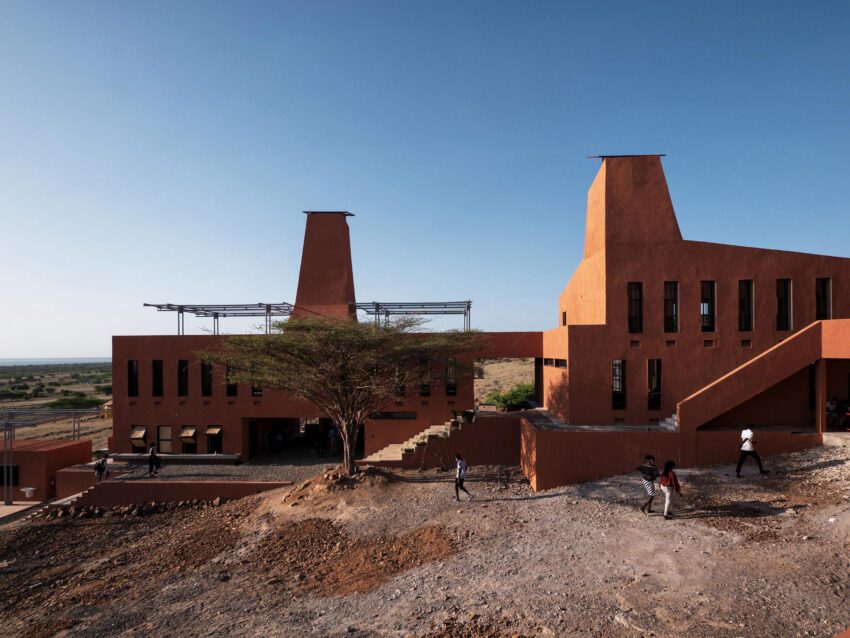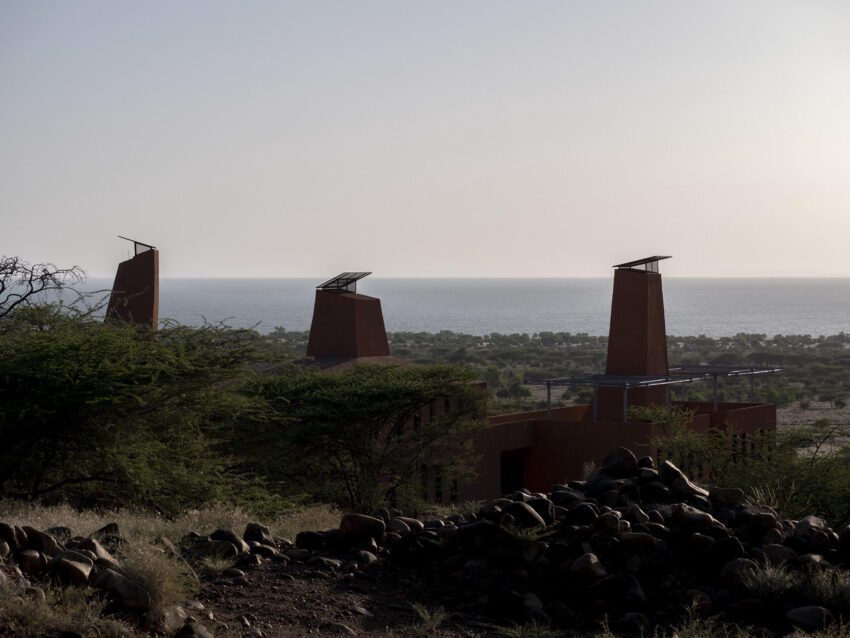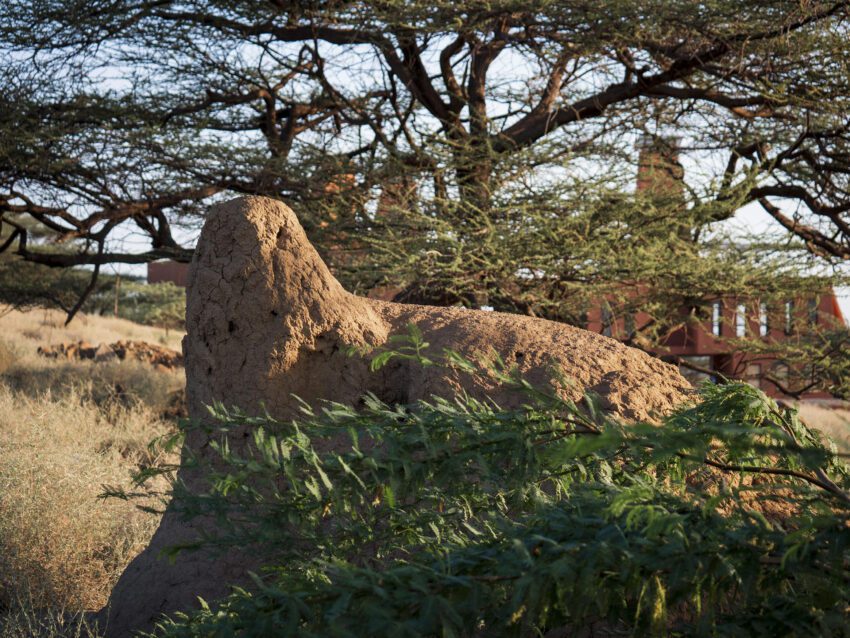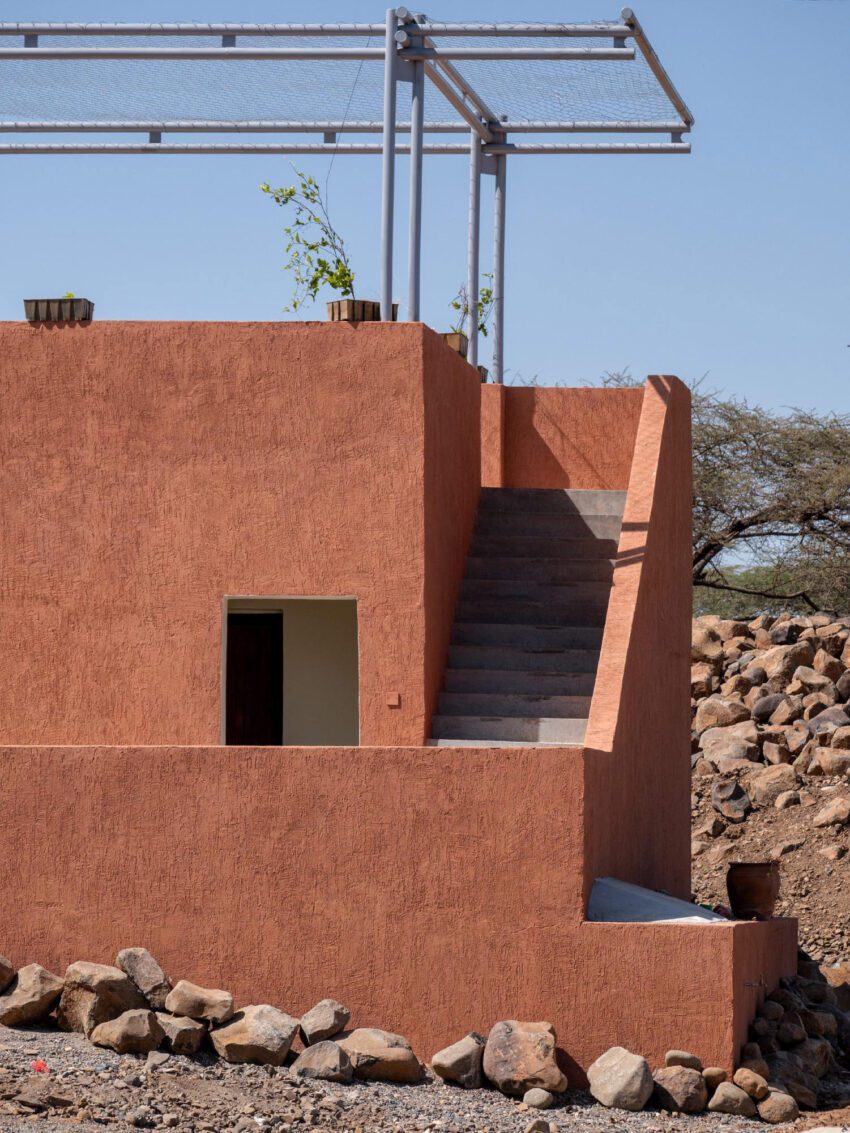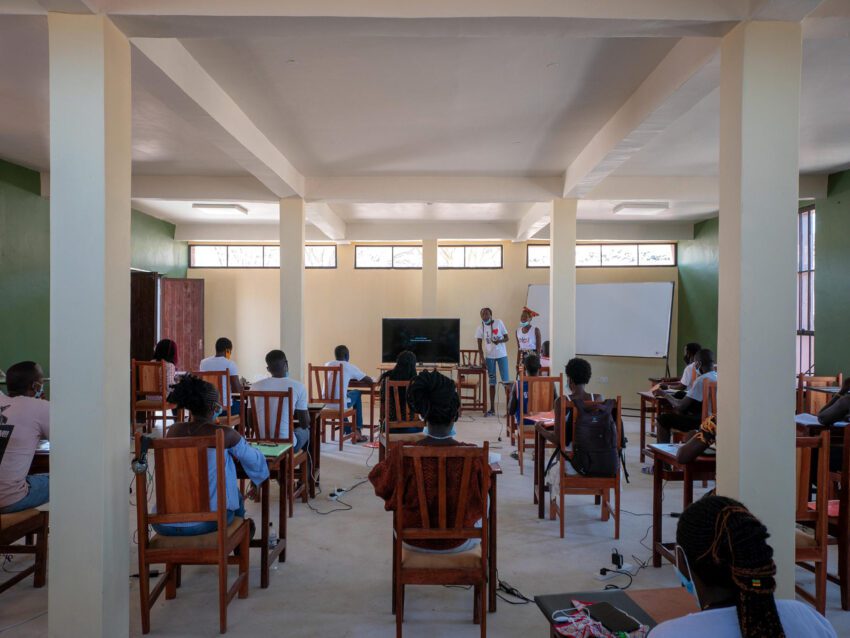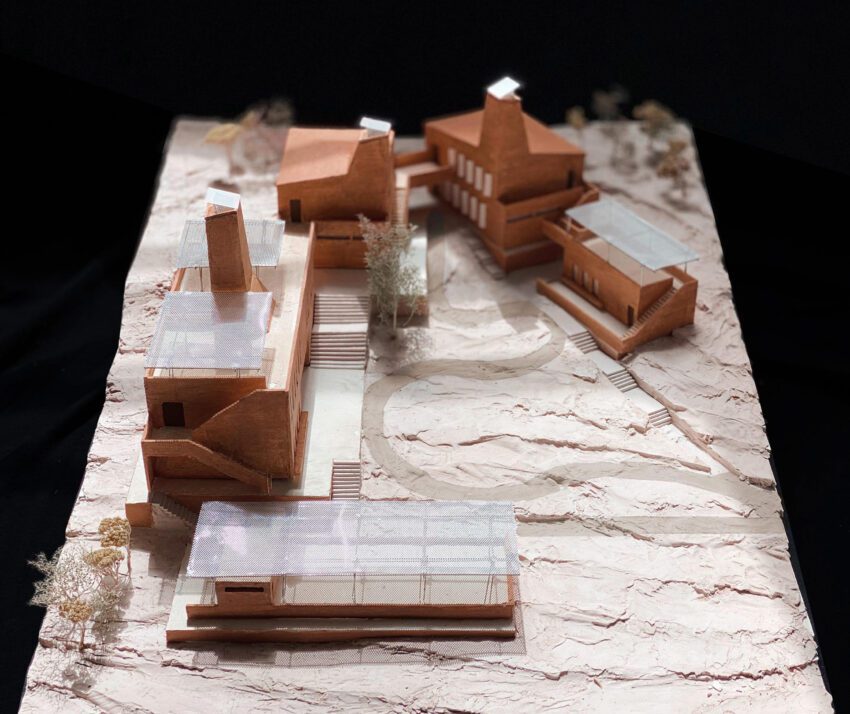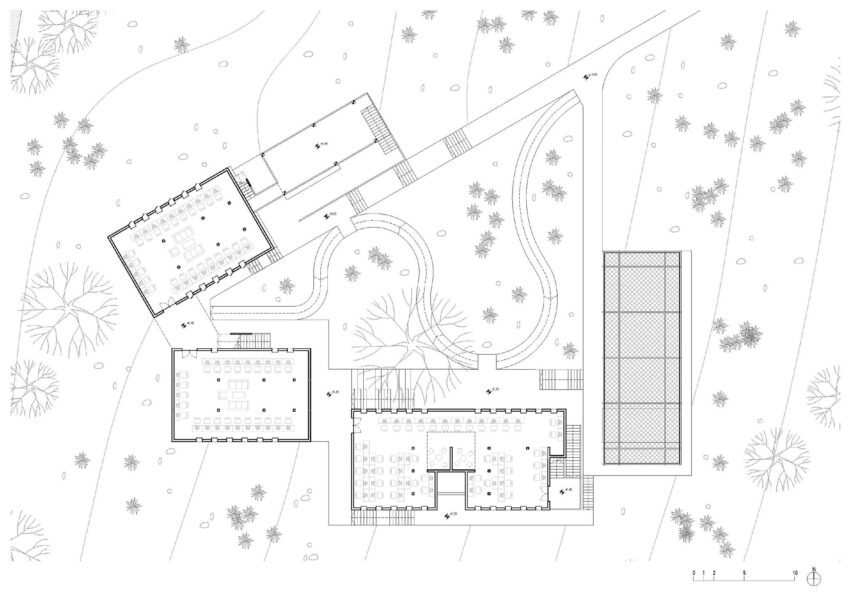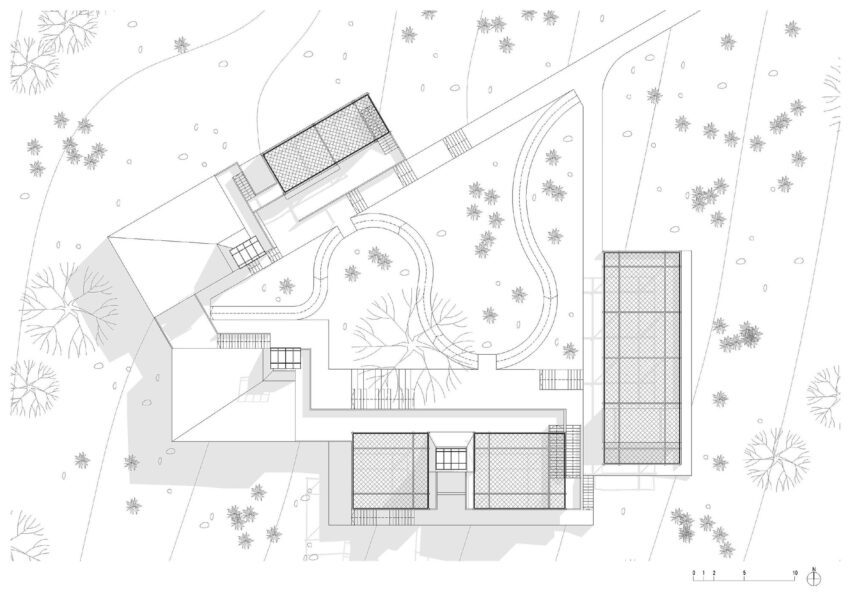The Startup Lions Campus, a creation of Kéré Architecture, embodies innovation and sustainability in Turkana County, Kenya. Realized between 2019 and 2021, this 1,416 sqm campus addresses the significant challenge of youth unemployment in the region. It provides high-level training and access to international job opportunities, enabling young entrepreneurs to flourish professionally without needing to relocate. More than just a structure, the campus represents a progressive stride in the expansion of ICT networks in remote areas.
Startup Lions Campus Technical Information
- Architects1-5: Kéré Architecture
- Location: Turkana County, Kenya
- Area: 1,416 m2
- Project Year: 2019-2021
- Photographs: © Kinan Deeb
The role of the architect is to give people dreams and to help them achieve those dreams.
– Francis Kéré 1-2
Startup Lions Campus Photographs
The Innovative Design of Startup Lions Campus
Startup Lions Campus Image Gallery
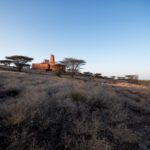
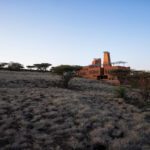
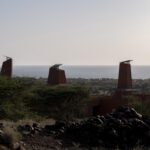
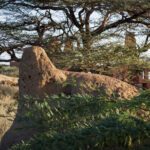
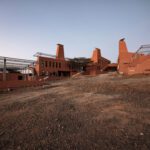


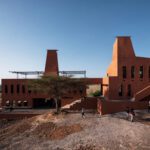
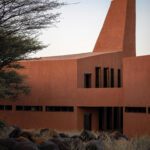
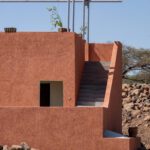
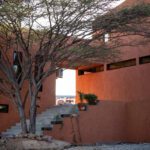
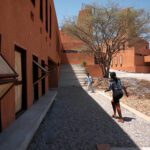
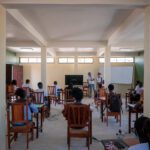
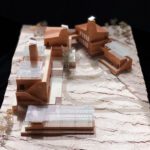
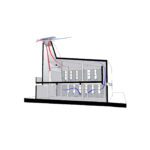

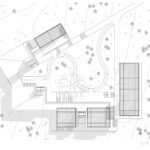

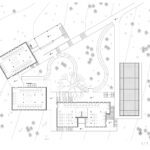
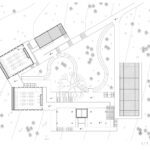

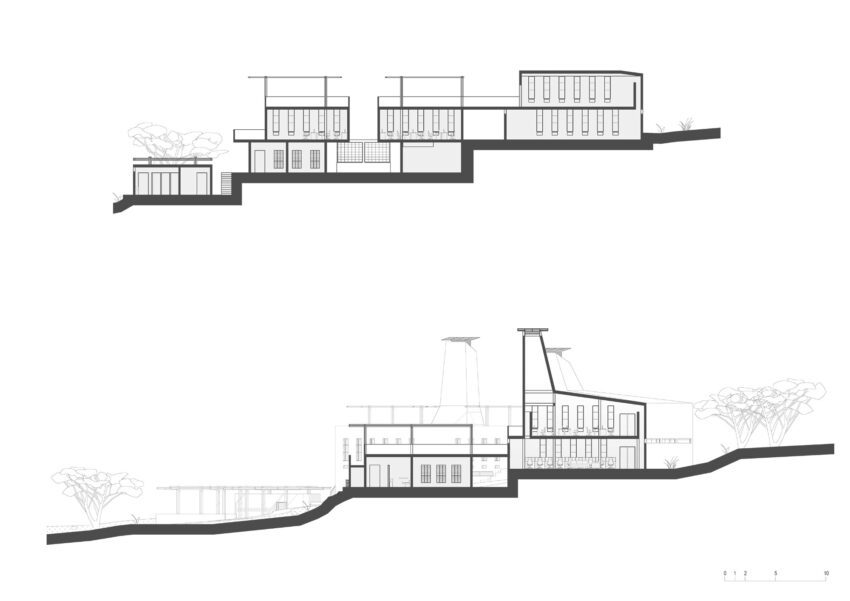
About Kéré Architecture
Kéré Architecture is an internationally acclaimed architectural firm founded by Diébédo Francis Kéré, an architect from Burkina Faso. Renowned for its commitment to social and environmental sustainability, the firm specializes in creating innovative designs that are both culturally sensitive and environmentally responsible. Kéré’s approach often involves the use of local materials and participatory design processes, ensuring that projects are not only ecologically sustainable but also deeply integrated with the community’s needs and cultural practices. The firm’s work, characterized by its creative use of natural light, ventilation, and local resources, has earned widespread recognition for bridging the gap between traditional building techniques and contemporary architectural design.
Notes & Additional Credits
- Client: Learning Lions gUG (haftungsbeschränkt)
- Design Team: Kinan Deeb, Andrea Maretto
- Contributors: Juan Carlos Zapata, Leonne Vögelin, Charles André, Malak Nasreldin
- Collaborators: BuildX Studio
- This quote encapsulates Kéré’s philosophy of architecture as a means to inspire and empower communities. His work often involves engaging local populations in the design and building process, ensuring that the architecture not only meets practical needs but also resonates with the cultural and environmental context of its location. Kéré’s approach to architecture is deeply rooted in his belief in the transformative power of design to improve lives and foster community development.
- a+u 22:05, 620: Feature: Francis Kere by A+U Publishing

